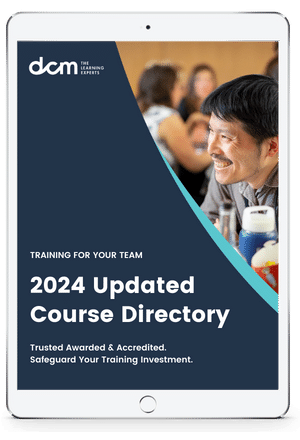When we have a larger audience, we automatically move from the role of 'facilitator' to 'speaker'. And a speaker has a message. Here's how to handle that larger audience:
1. Move from a facilitated conversation to standing behind your “message”.
If you find 'your message' - the thing that you want to stand behind, you will be able to speak to any number of people. This can be difficult because we feel like we're boasting or taking the limelight. But it's not like that; it's really your message that's taking the limelight and you're a conduit for it. If you shy away from the limelight, you're reducing the chance of your message being heard.
So to speak to a large audience, get certain about what you stand for. And stand for it. Be unapologetic. Say to yourself and then to your audience “I have a message. THIS is what I would like to give and this is what I’d like you to do differently as a result of what I’m saying.”
Shift the emphasis away from "What do you think" and towards "This is what I want you to think."
Of course, you will still be connecting with and empathising with your audience - that's what makes great public speaking. But being willing to stand for something will help you cope with that larger audience.
2. Ask them to "Come to me"
Stand your ground and make your audience come to you. You say to your audience “You come to me”. You’re one speaker communicating to a whole load of people. It doesn’t make sense for you to go to them, they must come to you. This is the mindset you must bring to the table when speaking to a large audience.
3. Go Large
You can afford to make your body language and vocal delivery a bit bigger when you’re speaking to a large audience.
You’ll need more energy to engage a big group of people for some time. Think of it as the difference between television acting and on-stage acting. TV acting, or with a small group of people, loud and dramatic expressions may seem out of place. Conversely getting up on stage and speaking in a very calm fashion or very small fashion it might not be as engaging to your audience. There are, of course, always exceptions.
4. Think 'character'
Think about how you can ramp yourself and your style up to speak to a larger audience. Your stage persona might need to get a bit more “full-on”, allowing yourself to be a bit wilder as you increase the size of your audience. Play! Enjoy yourself!
5. Get crystal clear
A large audience can't tell you if they don't understand. So make sure your message is clear, simple and works from every possible perspective that your audience might hold. Clarify the aims of your speech and communicate that your audience.
Dividing your content into key chunks can help hold the attention span of your large audience. In a small group, you have a personal conversation with a higher level of intimacy whereas in a larger group people can zone in and zone out at any given moment. It’s much easier for those in the audience to talk to those seated next to them or check their smartphones and then come back to your speech.
6. Be universal
When you’re selecting metaphors for a large group you’ll want to find the ones that stimulate the maximum number of people. It's the same for storytelling and any other device that you want to put in your speaking to make it engaging.
Remember - speaking to a large audience is an opportunity to spread your message further and to have a greater impact as a speaker. Don't be shy and go hunt out those large audiences!
Source: gingerpublicspeaking.com


_165x115_fc3.jpg)

-(1)-TEST_165x115_fc3.jpg)



